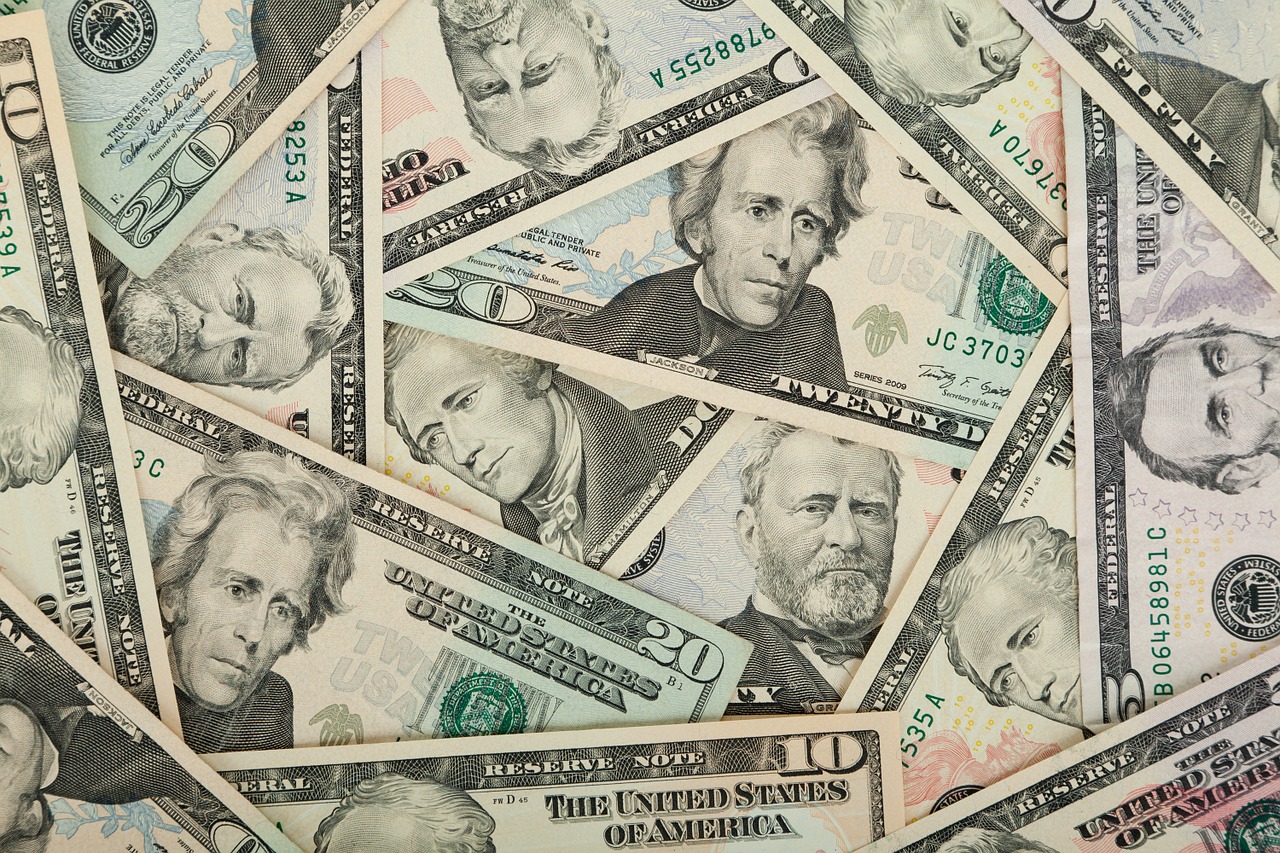
Double Your Money with the Rule of 72
This post may contain links from our sponsors. We provide you with accurate, reliable information. Learn more about how we make money and select our advertising partners.
This Today's Classic post is republished from the Physician on Fire. The original post can be found here.
This is a great, easy calculation that everyone should know. I know I've used it to project out net worth and how soon it would take to reach our financial goals. Enjoy!
Doubling your money is easy. Seriously.
Let’s see, you could walk away with double your money by:
- Placing your chips on the roulette table. Wesley says “Always bet on black.”
- Any variation of #1 at the blackjack, craps, poker table or sports book.
- Bet against the housing market at the perfect moment in history, à la The Big Short.
- Collect your Nigerian lottery winnings. The return on this one is actually way more than double according to the e-mails.
Do you see a pattern here? The odds are stacked against you. You might double your money, or walk away with nothing. I don’t want you to lose all your money.
A more surefire way to double your money requires a few key ingredients: time, return, trust and math.
Time to grow. Return of your initial investment plus a percentage more. Trust that the investment will continue to grow and not fall to zero, and Math guided by the Rule of 72.
The Rule of 72 will tell you how long it will take for your money to double at a given rate of return. 72 is the product if you like multiplication. It’s the numerator if you’re into fractions.

Double Your Money with the Rule of 72!
Pop quiz, hot shot! How long will it take for your money to double at 4% interest?
18 years.
What about a 12% return?
6 years.
A 24% clip?
3 years.
9%?
8 years.
How accurate are these numbers? They’re awfully close, particularly for annual compounding and a steady rate of return. For daily compounding, the Rule of 69 would be more accurate, but unless you’re getting returns of 3% or 23%, you’re dealing with fractions and remainders and that’s not easy head-math.
72 is head-math friendly. 2 x 36. 3 x 24. 4 x 18. 6 x 12. 8 x 9.
If you don’t like using your noggin, I made you a nifty Rule of 72 Calculator.
Using a Rule of 70 is a decent approximation too for numbers that don’t jive well with 72. 5 x 14. 7 x 10.
My father taught me the Rule of 72 when I was a teenager. That was in the late 1980’s / early 1990’s. The S&P 500 posted annual gains exceeding 20% in ten of the twenty years in those 2 decades, with only two negative years where losses were < 5%. It was a good time to be invested, and a good time for me to appreciate the power of the rule.
With a compound annual growth rate of 18%, money was doubling about every 4 years on average. It’s unlikely we’ll see returns like that in the next decade, but returns of 2, 4, 6, or 8 percent make for easy calculations, too.
Harness the power of the Rule of 72
It can help you plan and project. Let’s say you’ve saved up $250,000, but you want to be a millionaire. You need to double your money twice. With 6% interest, that will take 12 + 12 years, so 24 years. If you can somehow get 12% like Dave Ramsey says you will, you’ll have your million in 6 + 6 years, so just 12 years. Twice the return, half the time. Excellent.
If you’re starting with $250,000 and also investing $50,000 a year, you can add $500,000 in ten years, your original $250,000 will have nearly doubled, and your earlier annual $50,000 investments will have had time to grow. You can roughly estimate you could be a millionaire within 10 years, even at the 6% rate of return.
A compound interest calculator can be useful in these more complex situations. Using the numbers above with 6% interest, it actually takes about 9 years for your investments to grow to $1,000,000.
A caveat worth mentioning is that the Rule of 72 works best with a steady rate of return. The higher the volatility, the lower your returns. Knowing the Compound Annual Growth Rate (a complex calculation that delivers a constant rate of return from a variety of different returns) will give you an accurate result using the Rule of 72.
A Dollar Saved is Four Dollars Later
By convincing you not to blow your money. I’ll ask myself a simple question when considering any significant purchase or upgrade. Would I rather spend $1,000 now or have $2,000 to spend in about ten years (assuming 7.2% returns)?
I can buy a $25,000 car or the $75,000 Maserati I parked next to at the brewery recently. That $50,000 difference will likely be closer to $200,000 in about twenty years, not to mention the increased and sunken cost of maintenance and insurance on the Maserati.
Would the Maserati be more fun to drive? Sure, especially at first. Once the shine wears off, you might wish you had a Ferrari. If you really want to drive one of those cars, rent one for the day at the nearest track. Make it a treat.
Any other quick rules of thumb for money that you use as well?
Join our community at Passive Income Docs Facebook Group. Just click below…

Disclaimer: The topic presented in this article is provided as general information and for educational purposes. It is not a substitute for professional advice. Accordingly, before taking action, consult with your team of professionals.

